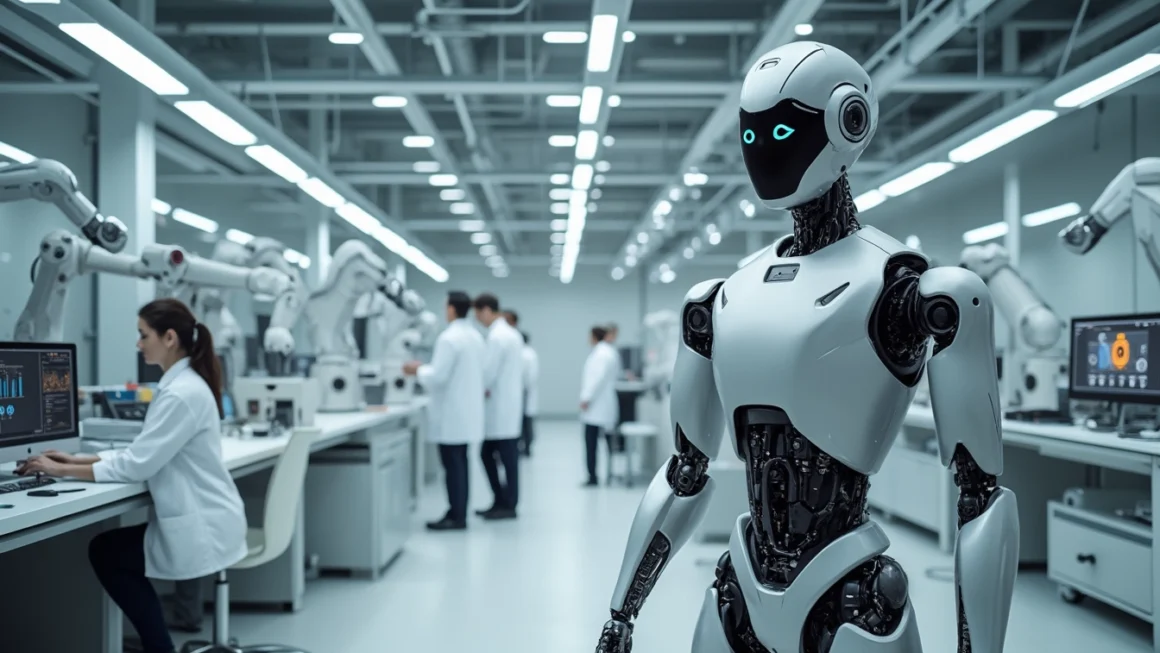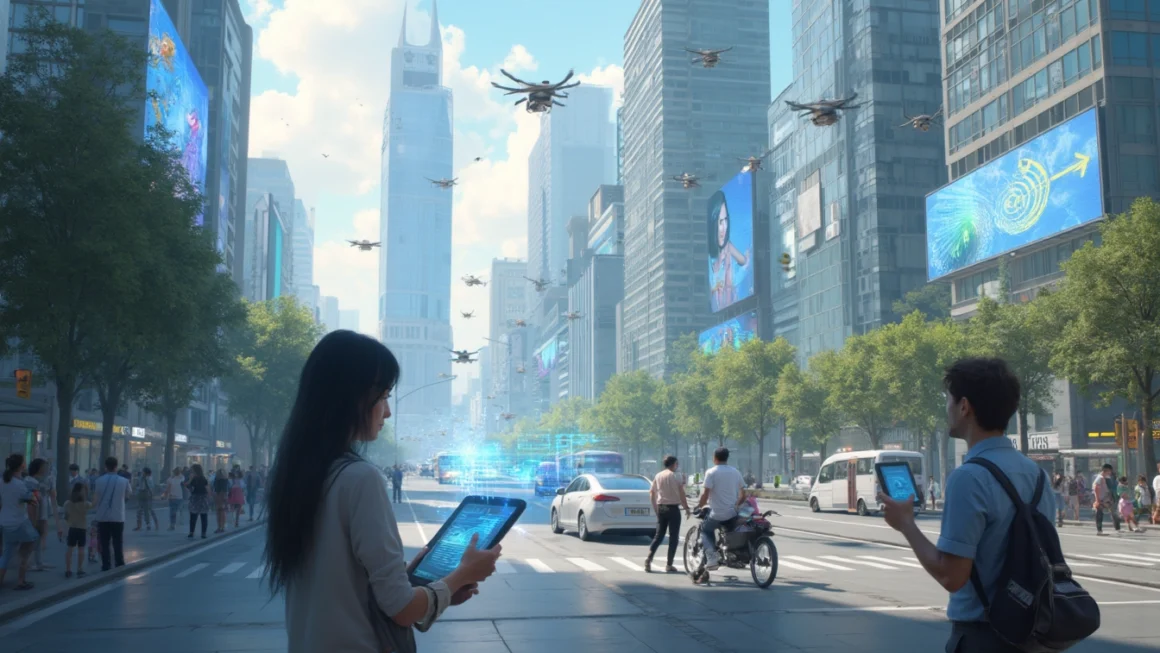The Rise of Humanoid Robots: A New Era in Technology
Table of Contents
In recent years, the field of robotics has made significant strides, with humanoid robots emerging as one of the most fascinating developments. These human-like machines are no longer confined to science fiction; they are becoming a reality, poised to revolutionize various industries and aspects of our daily lives.
What Are Humanoid Robots?
Humanoid robots are machines designed to resemble and mimic human form and behavior. They typically have a head, torso, two arms, and two legs, and are programmed to perform tasks that require human-like dexterity and interaction.
The Current State of Humanoid Robotics
Today’s humanoid robots are capable of impressive feats. They can walk, talk, recognize faces, and even express emotions. Companies like Boston Dynamics and Honda have been at the forefront of this technology, creating robots that can navigate complex environments and perform intricate tasks.
Potential Applications
The potential applications for humanoid robots are vast and varied:
- Healthcare: Assisting in patient care and rehabilitation
- Manufacturing: Performing complex assembly tasks
- Education: Serving as interactive teaching aids
- Customer Service: Providing information and assistance in retail or hospitality settings
- Space Exploration: Undertaking dangerous missions in hostile environments
Challenges and Ethical Considerations
Despite the exciting possibilities, the development of humanoid robots faces several challenges:
- Technical Limitations: Improving balance, dexterity, and AI capabilities
- Cost: Making the technology more affordable for widespread adoption
- Ethical Concerns: Addressing issues of privacy, job displacement, and the potential misuse of advanced AI
As we continue to push the boundaries of what’s possible with humanoid robots, it’s crucial to consider the ethical implications and ensure that this technology is developed responsibly. Automation tools can play a significant role in managing and optimizing the integration of humanoid robots into various industries.
The Future of Humanoid Robotics
The future of humanoid robotics looks promising. As technology continues to advance, we can expect to see:
- More natural and fluid movements
- Enhanced AI capabilities for better human-robot interaction
- Integration with other emerging technologies like IoT and 5G
- Increased adoption across various sectors
Impact on Society and the Workforce
The introduction of humanoid robots into our society will undoubtedly have far-reaching effects:
Job Market Transformation
While there are concerns about job displacement, the rise of humanoid robots is also expected to create new job opportunities in robotics engineering, AI development, and robot maintenance.
Healthcare Revolution
In healthcare, humanoid robots could alleviate the burden on medical staff by assisting with routine tasks, allowing human professionals to focus on more complex aspects of patient care.
Education and Research
Humanoid robots in education could provide personalized learning experiences and serve as subjects for advanced research in fields like biomechanics and cognitive science.
Overcoming Public Perception
One of the challenges facing the widespread adoption of humanoid robots is public perception. Many people still view robots as a threat rather than a helpful tool. Overcoming this will require:
- Public education about the benefits and limitations of humanoid robots
- Transparent development processes and clear ethical guidelines
- Gradual integration into society to allow for adjustment
Conclusion
The development of humanoid robots represents a significant leap in technological innovation. While challenges remain, the potential benefits to society are immense. As we move forward, it’s crucial to approach this technology with a balanced perspective, embracing its potential while addressing concerns responsibly.
The future of humanoid robotics is not just about creating machines that look and act like humans; it’s about enhancing human capabilities and improving our quality of life. As this technology continues to evolve, it will undoubtedly shape the way we live, work, and interact with the world around us.




